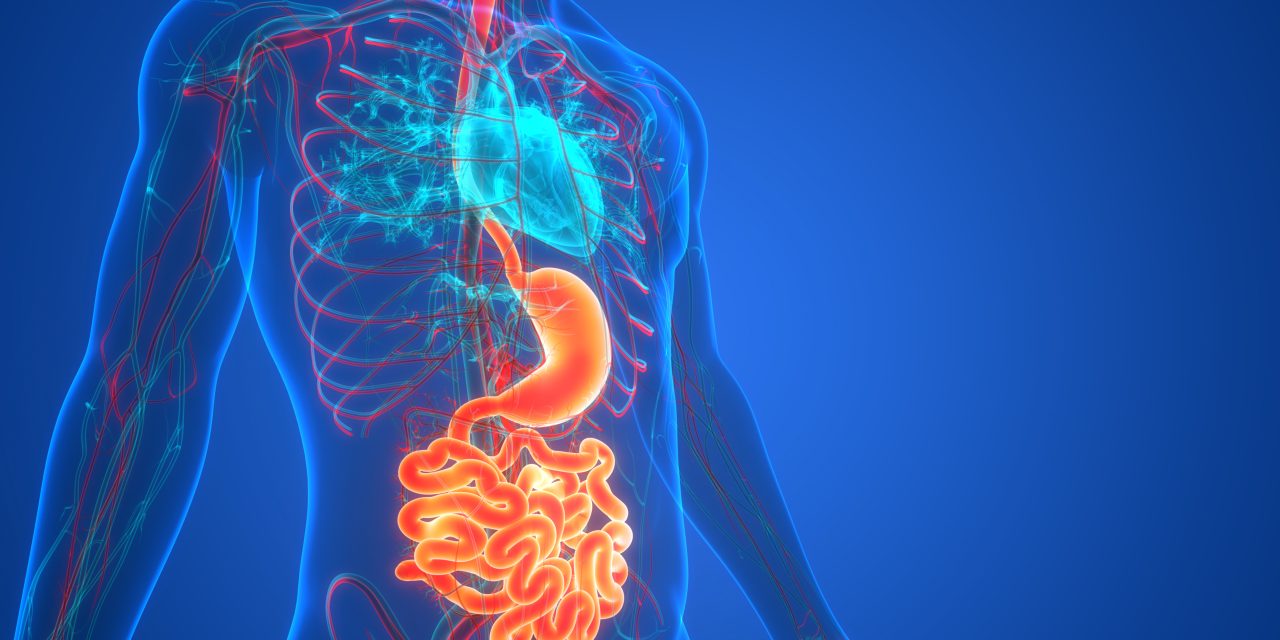Gastroesophageal reflux disease (GERD) is one of the most common gastrointestinal diseases encountered in primary care and gastroenterology clinics. Most cases of GERD can be diagnosed based on clinical presentation and risk factors; however, some patients present with atypical symptoms, which can make diagnosis difficult. An esophagogastroduodenoscopy can be used to assist in diagnosis of GERD, though only half of these patients have visible endoscopic findings on standard white light endoscopy. This led to the development of new advanced endoscopic techniques that enhanced the diagnosis of GERD and related complications like squamous cell dysplasia, Barrett’s esophagus, and early esophageal adenocarcinoma. This is conducted by improved detection of subtle irregularities in the mucosa and vascular structures through optical biopsies in real-time. Management of GERD includes lifestyle modifications, pharmacological therapy, endoscopic and surgical intervention. Minimally invasive endoscopic intervention can be an option in selected patients with small hiatal hernia and without complications of GERD. These endoscopic interventions include endoscopic fundoplication, endoscopic mucosal resection techniques, ablative techniques, creating mechanical barriers, and suturing and stapling devices. As these new advanced endoscopic techniques are emerging, data surrounding the indications, advantages and disadvantages of these techniques need a thorough understanding. Copyright © 2021 Mann, Gajendran, Perisetti, Goyal, Saligram and Umapathy.
Advanced Endoscopic Imaging and Interventions in GERD: An Update and Future Directions


